

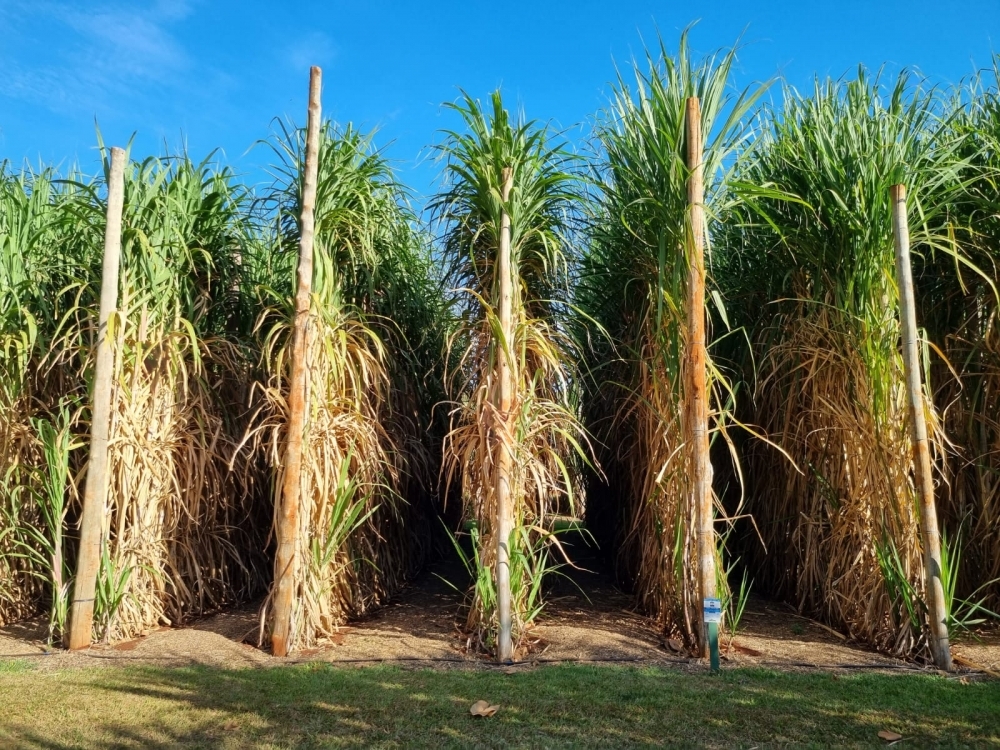
A study conducted at the State University of Campinas provides a foundation for future research to confirm identification of the best candidate genes for biotech applications such as insertion into commercially valuable plants and development of sugarcane varieties resistant to environmental pressures.

Researchers at the State University of Campinas have edited the genome of Saccharomyces cerevisiae, the brewer’s yeast used to produce ethanol, so that it converts xylose into xylitol. The strategy can add value to the ethanol industry and meet demand for a healthier sweetener.

A startup supported by FAPESP has developed software to process legal cases, winning an important order from Brazil’s federal court of auditors.
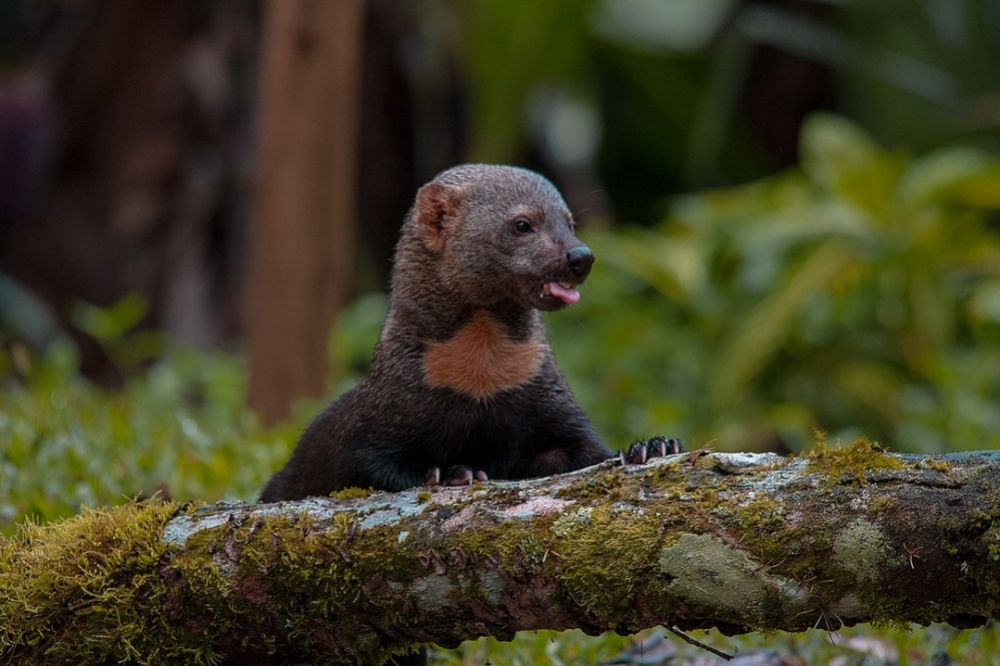
The system is being developed by a Brazilian startup supported by FAPESP and can be used by biologists in scientific research, by NGOs to track endangered species, and by environmental consultants.
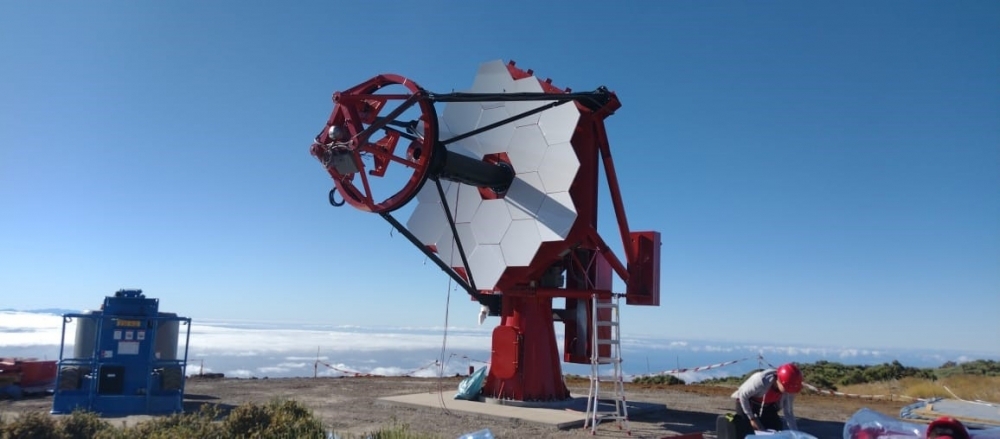
Astronomers from Brazil, Italy and South Africa have begun installing the first of nine telescopes sensitive to gamma rays on Tenerife in Spain’s Canary Islands.
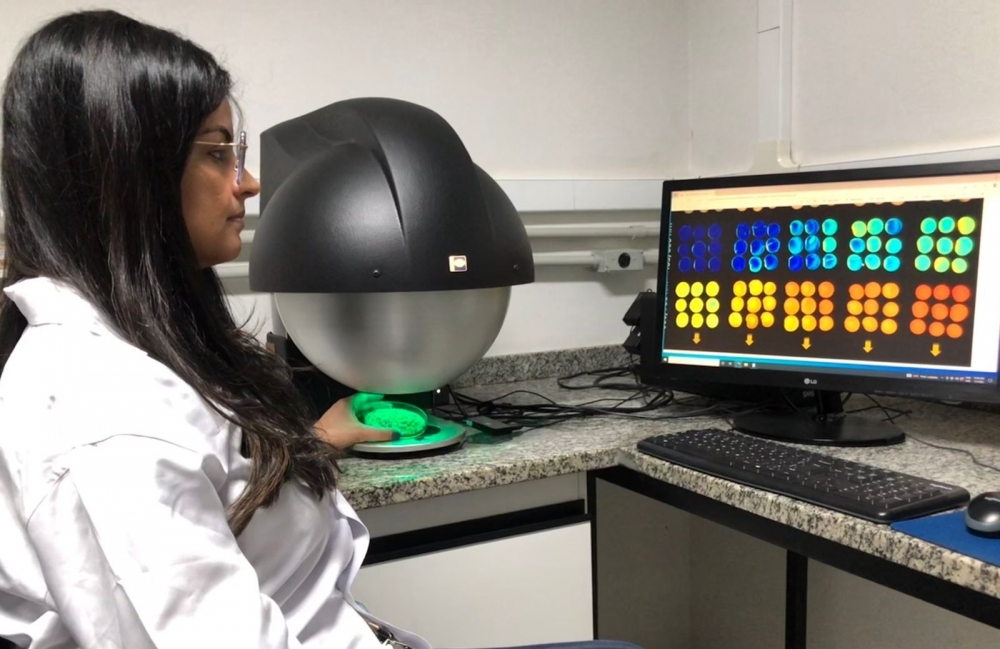
Research conducted by Brazilian scientists has demonstrated that chlorophyll fluorescence is a reliable predictor of seed maturity. The greener the seed, the lower the quality. Manual separation is the rule in Brazil.

Conducted by Brazilian researchers, the study focused on the fused deposition modeling technique and was featured on the cover of Analytical Chemistry, a journal of the American Chemical Society.
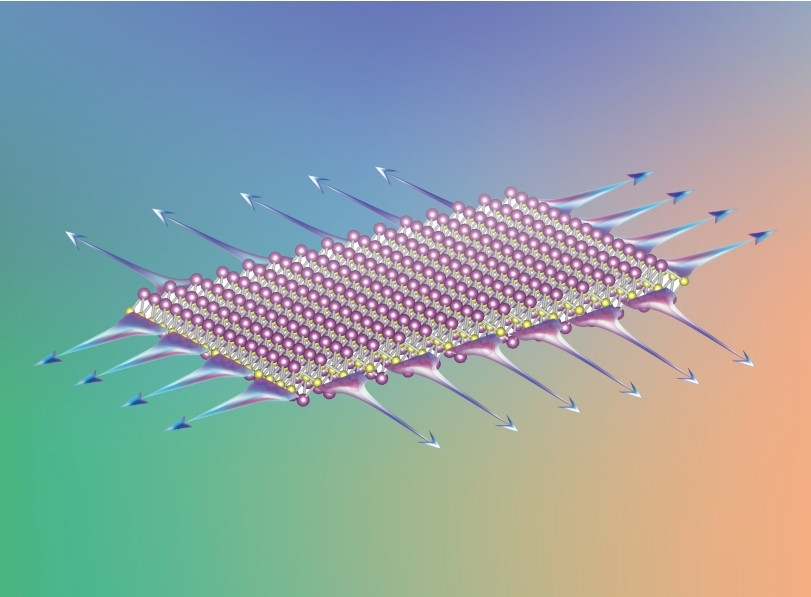
Discovery by Brazilian researchers featured on cover of the journal Nanoscale is noteworthy because of possible applications in next-generation electronic devices.
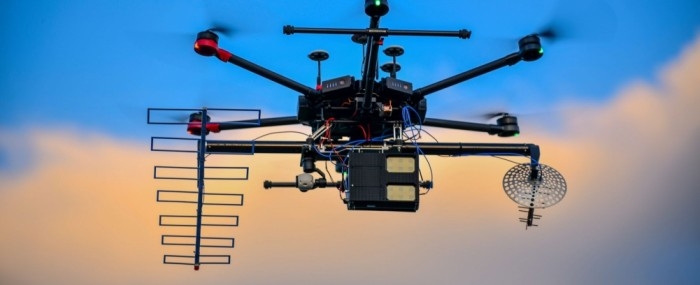
A startup supported by FAPESP developed the technology, which is being tested by pulp and paper manufacturer Klabin.

Quantum materials were the focus for the 12th FAPESP 60 Years Conference, which featured leading experts in the field.

Results published in Physical Review Letters by scientists at the University of São Paulo and Rice University can be used to improve thermoelectric devices.

A study conducted at the University of São Paulo showed that management of irrigation with the aid of the algorithm, adjusted on the basis of field data, reduced water and power consumption by 31%. The researchers are now pursuing market validation of the technology.
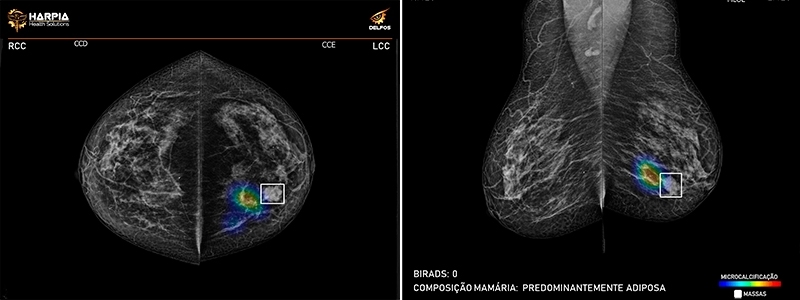
A startup supported by FAPESP has developed a technology based on artificial intelligence that can reduce the time to produce a diagnosis by 40%.

The São Paulo State Academy of Sciences presented the first chapter of a book on FAPESP’s 60 years of contributing to science for national development at the first in a series of online events that will continue until December and can be watched on Agência FAPESP’s YouTube channel.

An online meeting was held to present recent changes to the FAPESP Innovative Research in Small Business Program (PIPE) and highlight the attractiveness of the startups it supports to players in the innovation ecosystem.

Startup supported by FAPESP has developed a novel material based on an innovative strategy that uses cellulose fibers to reassemble graphite crystals.
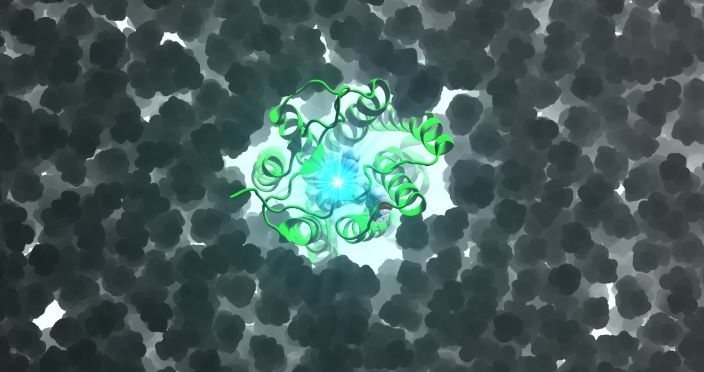
The computational platform developed by the firm, with FAPESP’s support, is capable of screening billions of molecules.
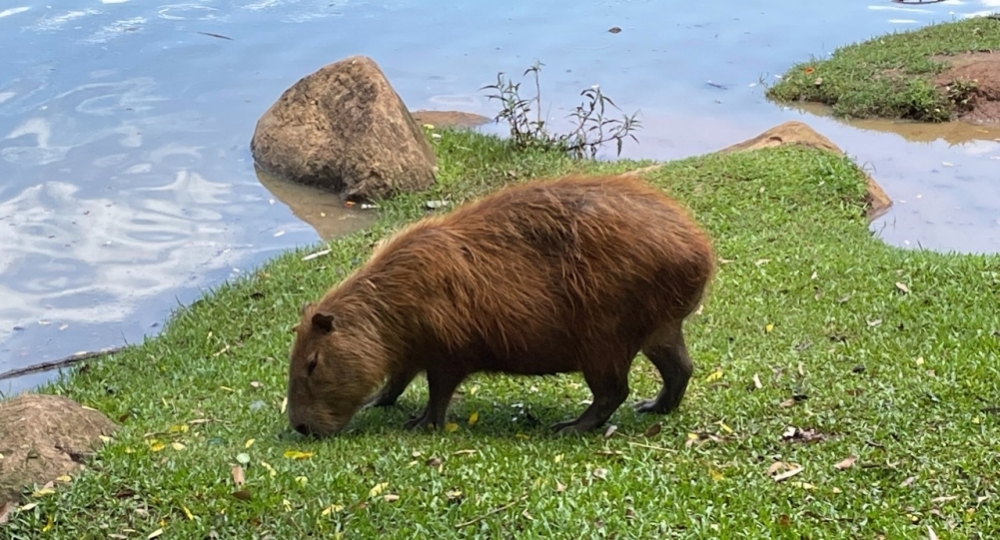
Brazilian researchers discovered, characterized and validated the functions of two novel enzyme families with biotechnological potential.
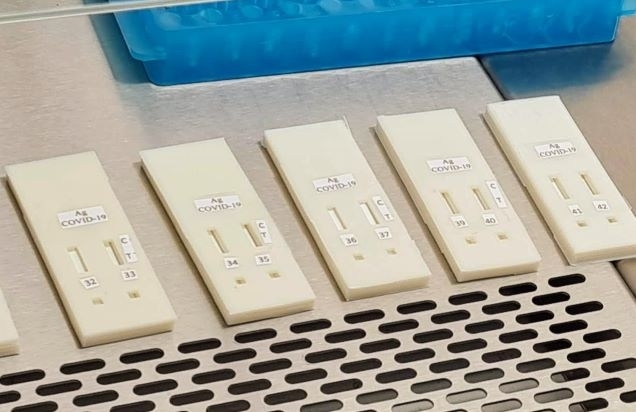
The startup supported by FAPESP produces all of the inputs for the test and will supply them to partner companies that will assemble kits and distribute them to retailers.
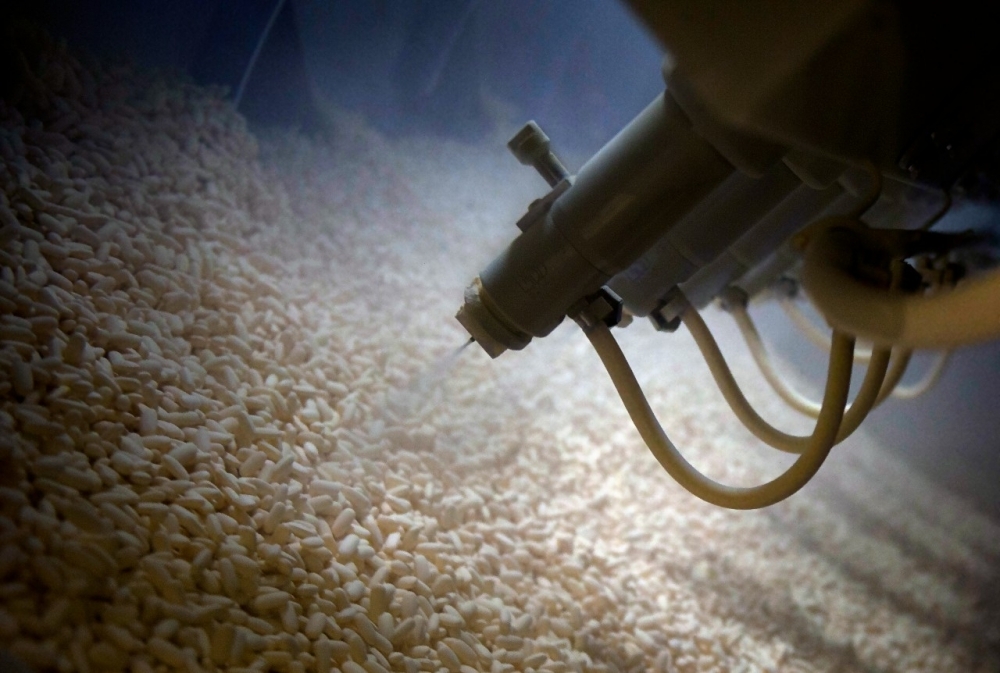
The importance of innovation was stressed by participants in the ninth FAPESP 60 Years Conference, who also highlighted the fall in public-sector investment in R&D in recent years.
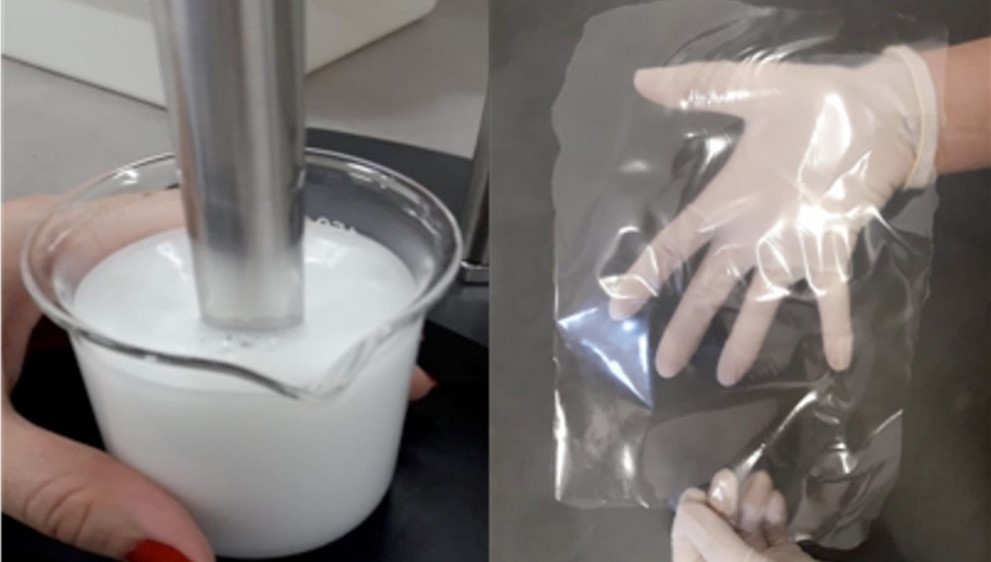
Designed for use as food packaging, the material is produced by scientists at São Paulo State University from gelatin, clay and a nanoemulsion of black pepper essential oil.
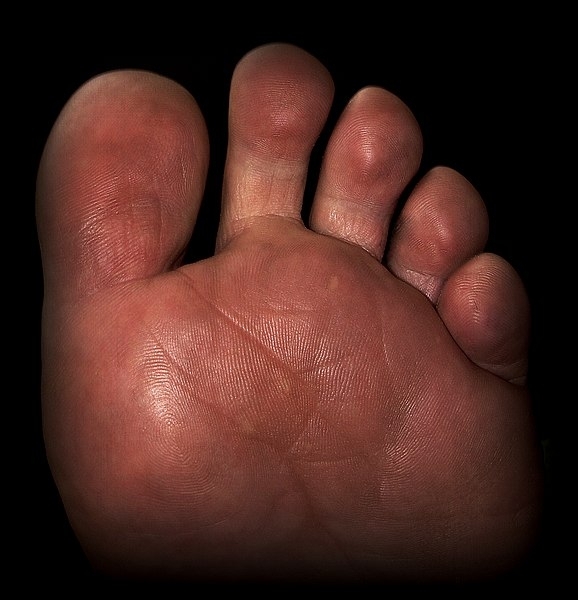
A system developed by a startup supported by FAPESP proves capable of predicting diabetic foot with over 85% accuracy. Foot complications occur in 34% of diabetics.
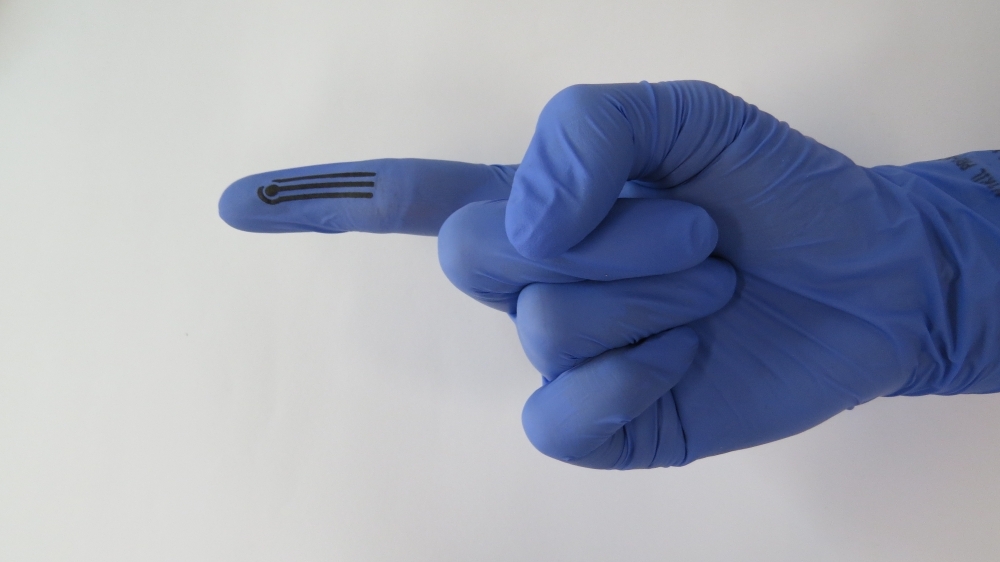
The wearable device has screen-printed sensors on three fingers to detect the presence of toxic substances in fruit and vegetables. Prior preparation of samples is not required, and no waste is generated.

A Brazilian startup has developed technology inspired by the soil mapping techniques used by the oil and gas industry to select drilling sites.
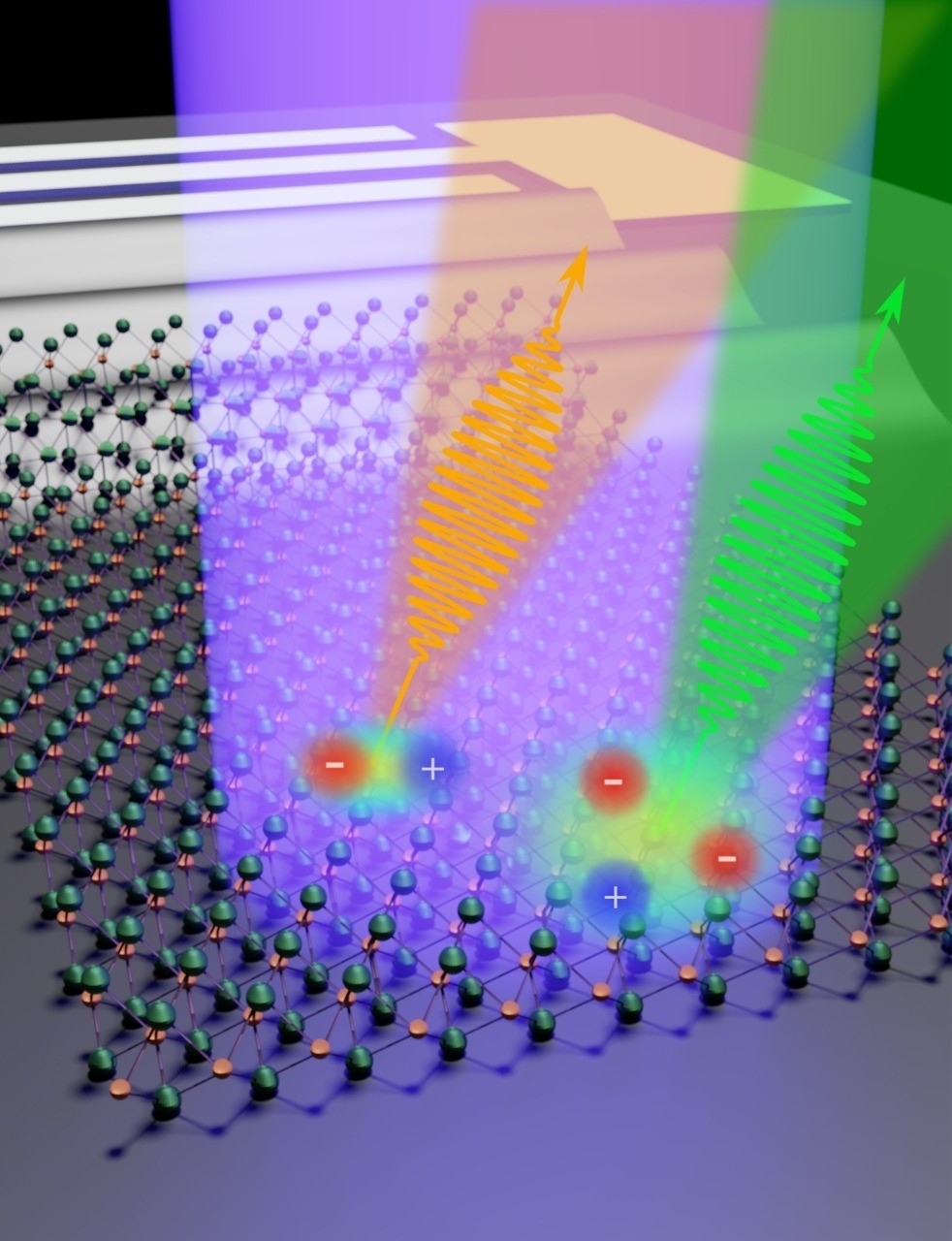
The result permits external control of the light emission from quantum states in two-dimensional semiconductors.